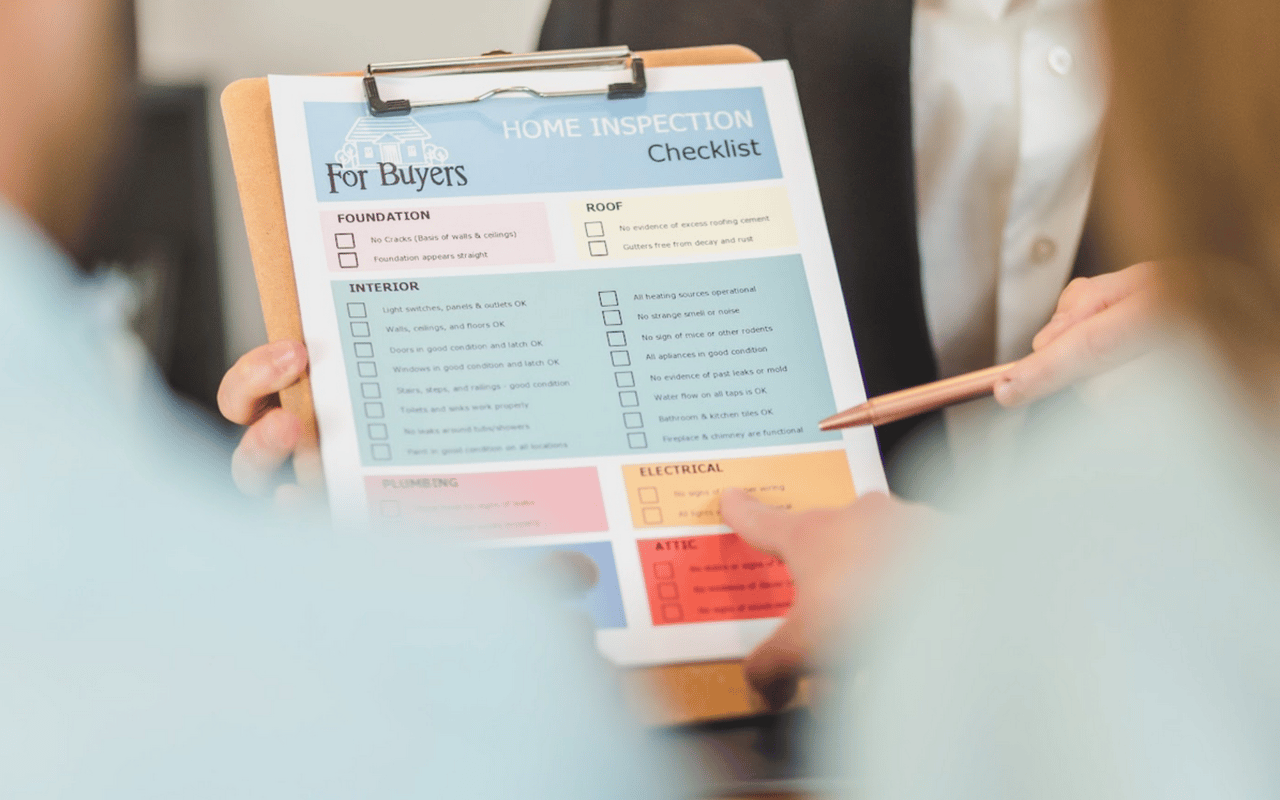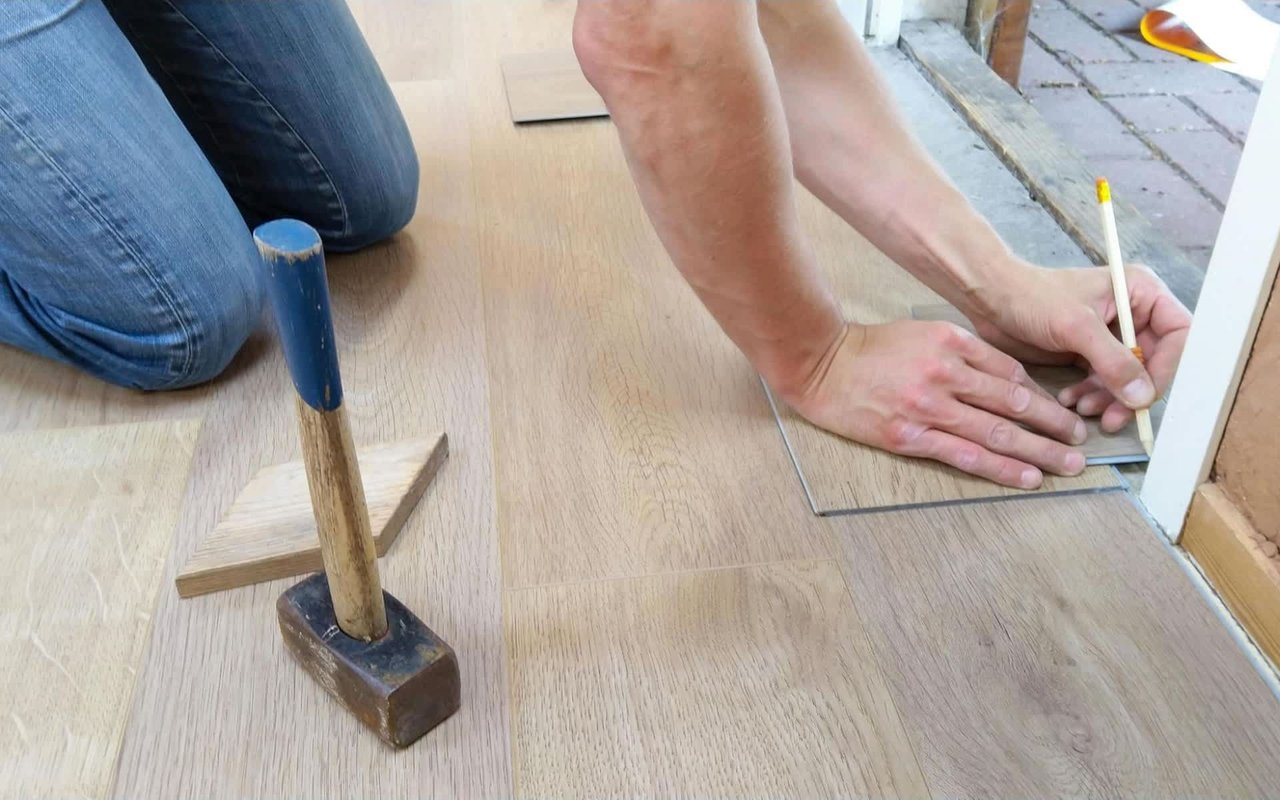Moving to a new home is an exciting journey, but it can also be a daunting task. The process involves numerous steps, from packing and organizing to transporting and settling into a new environment. To ensure a smooth transition, it's important to approach moving with a well-thought-out plan. By following essential tips, you can minimize stress and make the experience more enjoyable.
Planning Ahead for a Successful Move
The foundation of a stress-free move is effective planning. Start by creating a detailed timeline that outlines each step of the moving process. This timeline should include tasks such as notifying utility companies, scheduling movers, and setting deadlines for packing different areas of your home. Planning ahead allows you to allocate sufficient time for each task, reducing the likelihood of last-minute rushes. Additionally, consider creating a budget to track expenses related to the move, including packing materials, transportation, and any professional services you may require.
Decluttering Before Packing
Before you start packing, take the opportunity to declutter your belongings. Moving is the perfect time to assess what you truly need and what can be donated, sold, or discarded. Go through each room and sort items into categories: keep, donate, sell, and discard. Decluttering not only reduces the number of items you need to pack and transport but also helps create a fresh start in your new home. Consider hosting a garage sale or using online platforms to sell items you no longer need. The proceeds can even be used to offset moving expenses.
Organizing and Labeling Boxes
Efficient packing is key to a smooth move. Begin by gathering packing supplies such as sturdy boxes, bubble wrap, packing tape, and markers. As you pack, label each box with its contents and the room it belongs to. This simple step will save you time and effort when unpacking in your new home. Consider creating an inventory list to keep track of your belongings and ensure nothing is left behind. For fragile items, use extra padding and mark the boxes as "fragile" to ensure careful handling during the move.
Choosing the Right Moving Company
Selecting a reliable moving company can significantly impact the success of your move. Research and compare different moving companies in your area, checking their reviews and ratings. Obtain quotes from multiple companies and inquire about their services, insurance coverage, and any additional fees. A reputable moving company will provide transparent pricing and excellent customer service. Once you've chosen a company, confirm the moving date and ensure all details are documented in a contract.
Packing an Essentials Box
An essentials box is a lifesaver during the first few days in your new home. Pack a box with items you'll need immediately, such as toiletries, a change of clothes, important documents, and basic kitchen supplies. Having these essentials readily available will prevent the need to rummage through boxes and make the transition more comfortable. Consider including snacks, water, and any necessary medications to keep you energized and prepared for the move.
Managing Utilities and Address Changes
Before moving, make arrangements to disconnect utilities at your current home and set up services at your new address. This includes electricity, water, gas, internet, and cable. Notify service providers of your move-in date to ensure a seamless transition. Additionally, update your address with the post office, banks, insurance companies, and any subscriptions you receive. This step ensures that important mail and services are redirected to your new home without interruption.
Taking Care of Pets During the Move
Moving can be stressful for pets, so it's important to plan for their comfort and safety. On moving day, keep pets in a quiet and secure area to prevent them from getting anxious or escaping. Consider arranging for a pet sitter or boarding facility if necessary. When traveling to your new home, ensure pets are safely secured in carriers or crates. Once you arrive, set up a designated area with familiar items to help them adjust to the new environment.
Setting Up Your New Home
Once you've arrived at your new home, focus on setting up essential areas first. Begin with the kitchen and bedrooms, as these spaces are crucial for daily living. Unpack the essentials box to make the first few days more comfortable. As you unpack, take the opportunity to organize and arrange your belongings thoughtfully. Consider creating a floor plan to help visualize the layout of your new home and ensure furniture is placed efficiently.
Exploring Your New Neighborhood
Familiarizing yourself with your new neighborhood is an exciting part of the moving process. Take time to explore local amenities, such as grocery stores, parks, and recreational facilities. Introduce yourself to neighbors and join community groups or events to build connections. Understanding the layout of your new area will help you feel more at home and make the transition smoother.
Staying Positive and Flexible
Throughout the moving process, maintaining a positive attitude and being flexible is essential. Unexpected challenges may arise, but approaching them with a calm and adaptable mindset will help you navigate any obstacles. Celebrate small milestones along the way and remember that moving is an opportunity for a fresh start and new experiences. Embrace the journey and look forward to the exciting possibilities that await in your new home.
Ready for a Smooth Move?
Moving doesn't have to be a stressful experience. By following these essential tips, you can make your transition to a new home as smooth as possible. Whether you're moving across town or to a new city, being prepared is key. For personalized assistance and expert advice, contact Peggy Dowcett to ensure your move is stress-free.


























































